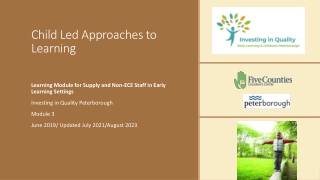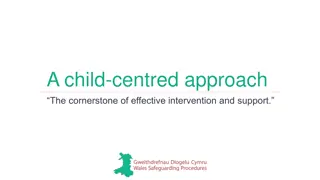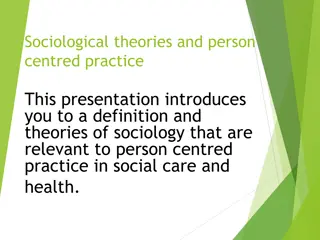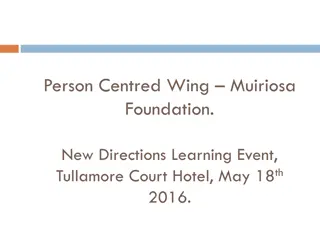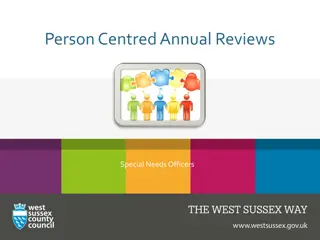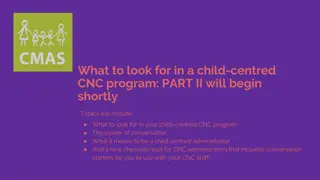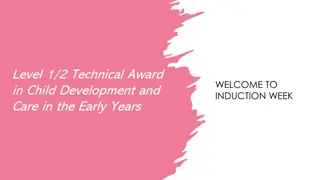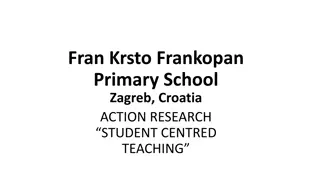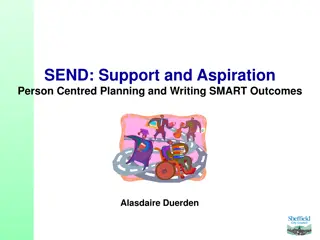Understanding the Importance of Child-Centred Approach in Early Learning
In practical terms, valuing the image of the child involves recognizing each child as a unique, competent learner with the potential to be actively engaged in their learning journey. This child-centred approach emphasizes creating nurturing environments that support children's curiosity, capabilities, and diverse interests. By acknowledging children's perspectives, involving them in decision-making, and providing spaces for play and learning, early childhood educators can effectively promote children's development and well-being. Recognizing children as active, curious individuals with varied needs and interests is essential in creating positive learning environments that cater to each child's growth and learning journey.
Download Presentation

Please find below an Image/Link to download the presentation.
The content on the website is provided AS IS for your information and personal use only. It may not be sold, licensed, or shared on other websites without obtaining consent from the author. Download presentation by click this link. If you encounter any issues during the download, it is possible that the publisher has removed the file from their server.
E N D
Presentation Transcript
The term Image of the Child is often used, and a high level of value is placed on taking account the interest of the child. But what does this mean in practice?
Each child is unique and a competent and active learner whose potential needs to be encouraged and supported. Each child is a curious, capable and intelligent individual. The child is a co- creator of knowledge who needs and wants interaction with other children and adults. As citizens of Europe children have their own rights which include early education and care. The European Commission ECEC Description
Early Learning & Child Care Needs to: Be child-centred, acknowledge children s views and actively involve children in meaningful ways in everyday decisions in the setting Offer a nurturing and caring environment Provide appropriate spaces to play and learn allowing children to develop their potential Be responsive to children s changeable interests and demands
Children are: Active, experienced learners with a natural curiosity Unique individuals Interested in themselves and their immediate environment At times upset, vulnerable, from a challenging home environment or have specific learning needs
Children need: A happy environment where children and adults are actively engaged with frequent smiles and laughter An environment rich in opportunities to acquire language and encourage communication, inquiry learning and be involved in exciting experiences. Positive adult to child interaction including providing appropriate physical affection and comfort to children when they are upset.
Peter Moss describes children as rich not materially, but rich in potential. That children are strong, powerful, competent and most of all connected to adults and other children. The rich child is an active learner, seeking the meaning of the world from birth, a co-creator of knowledge, identity, culture and values, a citizen, the subject of rights not needs: and born with a hundred languages The destination of learning is open and uncertain, with a strong element of surprise and wonder.
THE IMAGE OF THE CHILD Now think of your setting and write down your thoughts
THE IMAGE OF THE CHILD NEXT STEPS


